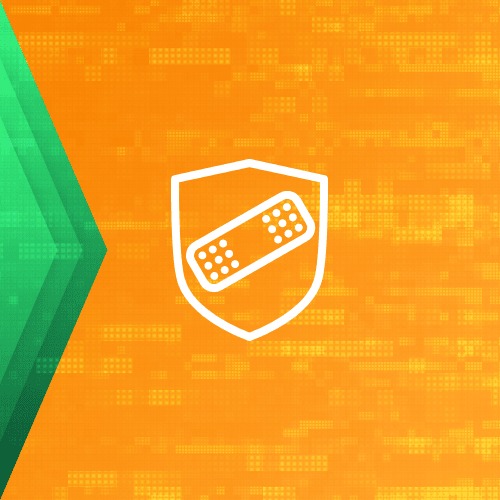In 2024, all organizations realize that they can be a ransomware target, and attacks often go undetected. IT and security teams understand that data is the primary target for both bad actors and ransomware attacks, making backup data ever more critical to your organization. Ransomware gangs know that if the backup data is also corrupted, the chances of getting paid increase as it makes recovery difficult.
Keeping all your software and infrastructure up to date, especially data protection solution-related software and hardware is a great way of ensuring that your entire environment and your backup data are secure. Security patches play a critical role in keeping your data safe from all known threats and vulnerabilities of the software.
As a SaaS solution, Druva Data Resiliency Cloud is auto-updated and always up-to-date. You don’t need to worry about keeping track of released patches and manually installing them. Unfortunately, you don’t get the same peace of mind with legacy data protection software, especially solutions like Veeam.
We will discuss how the tracking and manual installation of security patches for legacy data protection solutions is time-consuming and places your cyber defense and recovery strategies at high risk of failure.
The problem with security patches
Security patches are released to address known security vulnerabilities in software. The problem is: as soon as a security patch is released, it informs everyone on the internet that there is an issue with the software.
As soon as IT administrators become aware of the newly released patch, they then plan on installing the patch. In most cases, patches are applied based on their severity. Similarly, when hackers become aware of the new patch, they start looking for ways to exploit the known vulnerability.
If IT admins don’t install the patch quickly enough, hackers can get into critical systems of an organization and infect it with ransomware. With so many components to take care of, sometimes it becomes difficult for admins to remain aware of all the issues present in a component. Sometimes a patch is not applied even if a fix is available for an issue because admins are unaware of it.
Sadly, installing patches is not the only thing IT admins are tasked with. It’s just one of their many duties. Thus, installing a patch as soon as it’s available is difficult. This problem is intensified if the security patch is related to the data protection solution.
Keeping track of all patches is again a tricky affair. Security and IT teams must know how many physical or virtual servers, with different software, are used to run backups for data center, ROBO, SaaS, and cloud workloads and then keep track of all patches released for each software used in these systems.
As ransomware targets backup data first, an infected system means admins won’t ever be able to recover the data if both the main system and its backup data are corrupted. As backup applications are rarely internet-facing, once threat actors are able to get inside an organization, they often exploit an unpatched system.


